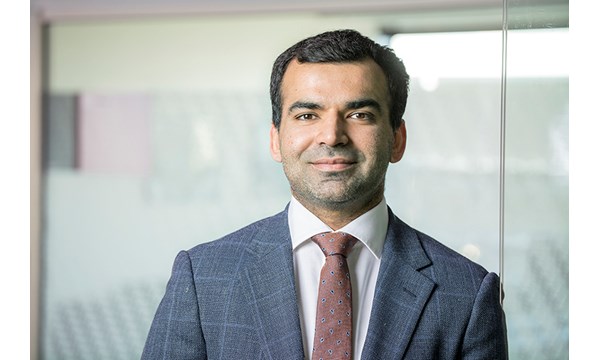Find out how our Consulting team can help you and your organisation
Investing in the energy transition
Six capital allocation principles for power and renewables investors
1 minute read
Prashant Khorana
Director, Power & Renewables Consulting

Prashant Khorana
Director, Power & Renewables Consulting
Prashant is Director, Data Product Owner – Asset Valuations within Wood Mackenzie's research and data organisation.
Latest articles by Prashant
-
Opinion
What we learned from conversations with power and renewables investors in 2024
-
Opinion
Underwriting Battery Energy Storage Systems (BESS) as an asset class
-
Opinion
10 transaction themes for private equity and principal investors in 2024
-
Opinion
What we learned from conversations with power and renewables investors in 2023
-
Opinion
How power and renewables investors should navigate the Inflation Reduction Act and recent power market volatility
-
Opinion
Who will foot the bill for the energy transition in Asia-Pacific?
While we’ve arguably never lived in more uncertain times, one thing is clear: the energy transition is gathering pace and prominence – both as a topic of discussion and as an investment opportunity.
It’s impossible to predict exactly how capital allocation behaviour for power and renewables will develop over the next two decades. However, we can reasonably expect two things: that active investors will continue to take the lead in mobilising capital in the risk-on spectrum of energy transition infrastructure for the foreseeable future; and that these firms will continue to sell down assets to risk-off investors.
So, what do major investors need to know to capitalise on the opportunity offered by the energy transition over the coming decades? This report outlines six capital allocation principles to keep in mind.
1. Don’t underestimate the energy transition investment opportunity
Investors tend to underestimate the opportunity set as headline wind and solar spend numbers tend to look flat at around US$200-250 billion a year. However, flat headline total spend numbers are primarily a function of wind and solar cost per kW declines, rather than MW deployment reductions. Capital allocators should think about the cumulative installed base rather than the annual installed base.
The fragmentation of ownership in the power value chain means it’s also easy to forget that the energy transition narrative is about transmission and distribution (T&D) investments as well as generation. Allocators could capitalise on the opportunity in T&D since many markets, such as Brazil and Greece, offer authorised returns of 8-12%, which is better than contracted wind and solar in many OECD markets.







